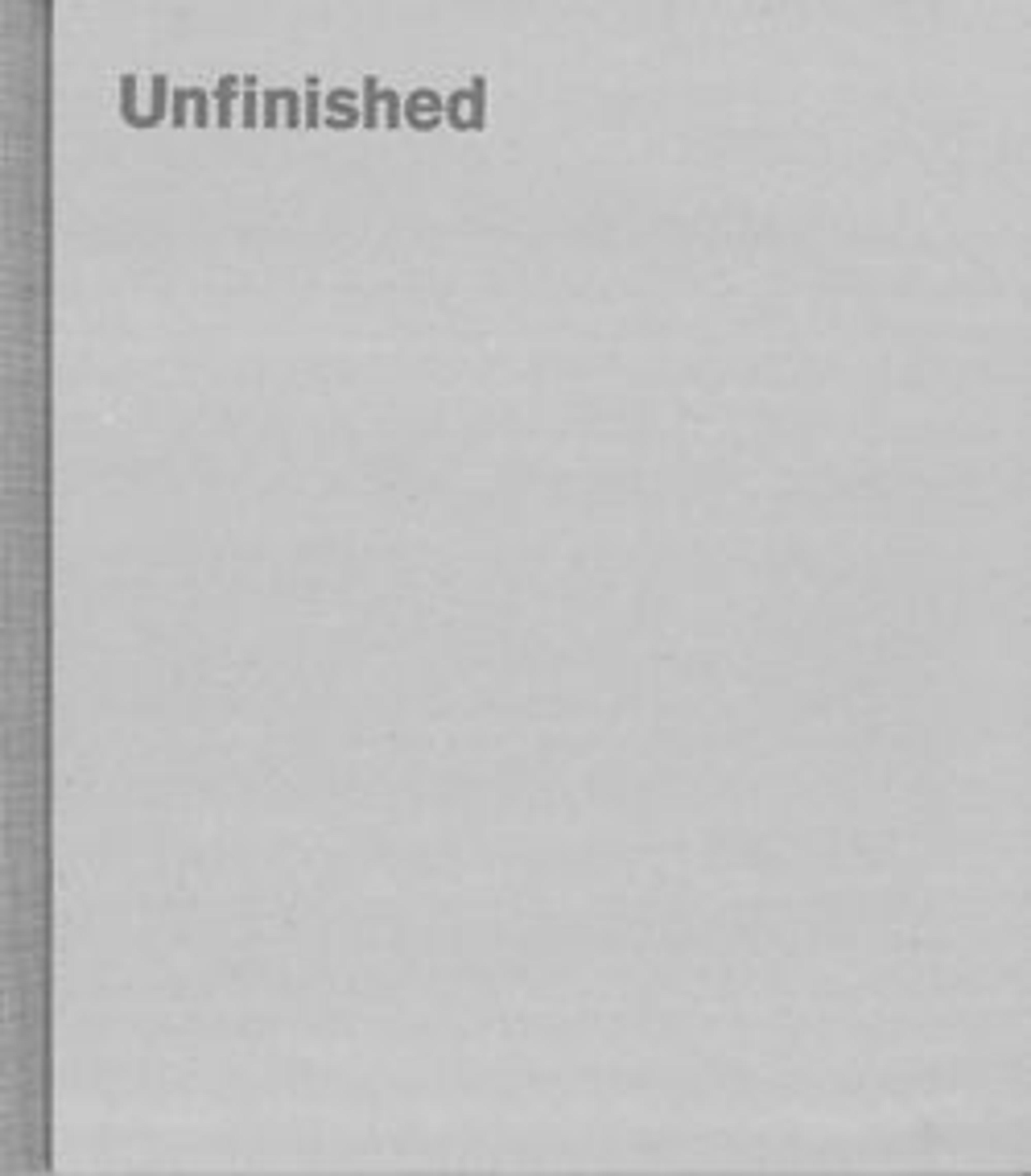Salvator Mundi
This picture of Christ as Savior of the World, who raises his right hand in blessing and in his left holds an orb representing the Earth, can be appreciated both as a painting and a drawing. Dürer, the premier artist of the German Renaissance, probably began this work shortly before he departed for Italy in 1505 but completed only the drapery. His unusually extensive and meticulous preparatory drawing on the panel is visible in the unfinished portions of Christ’s face and hands.
Artwork Details
- Title:Salvator Mundi
- Artist:Albrecht Dürer (German, Nuremberg 1471–1528 Nuremberg)
- Date:ca. 1505
- Medium:Oil on linden
- Dimensions:22 7/8 x 18 1/2in. (58.1 x 47cm)
- Classification:Paintings
- Credit Line:The Friedsam Collection, Bequest of Michael Friedsam, 1931
- Object Number:32.100.64
- Curatorial Department: European Paintings
Audio
5144. Salvator Mundi, Part 1
0:00
0:00
We're sorry, the transcript for this audio track is not available at this time. Please email info@metmuseum.org to request a transcript for this track.
Listen to more about this artwork
More Artwork
Research Resources
The Met provides unparalleled resources for research and welcomes an international community of students and scholars. The Met's Open Access API is where creators and researchers can connect to the The Met collection. Open Access data and public domain images are available for unrestricted commercial and noncommercial use without permission or fee.
To request images under copyright and other restrictions, please use this Image Request form.
Feedback
We continue to research and examine historical and cultural context for objects in The Met collection. If you have comments or questions about this object record, please contact us using the form below. The Museum looks forward to receiving your comments.
